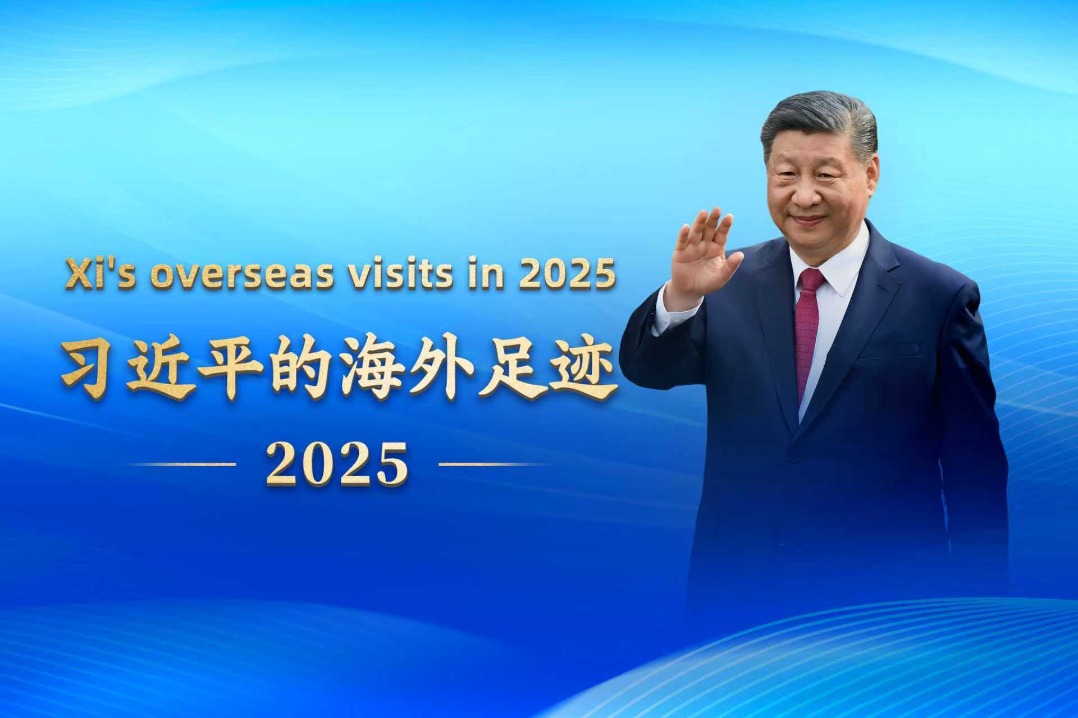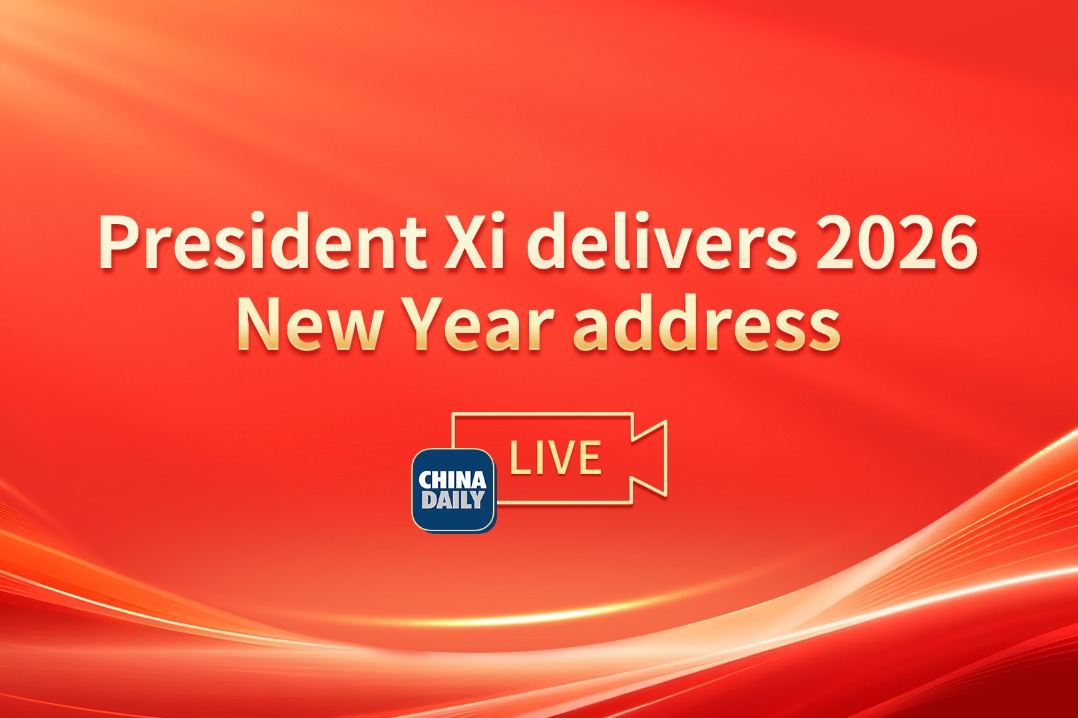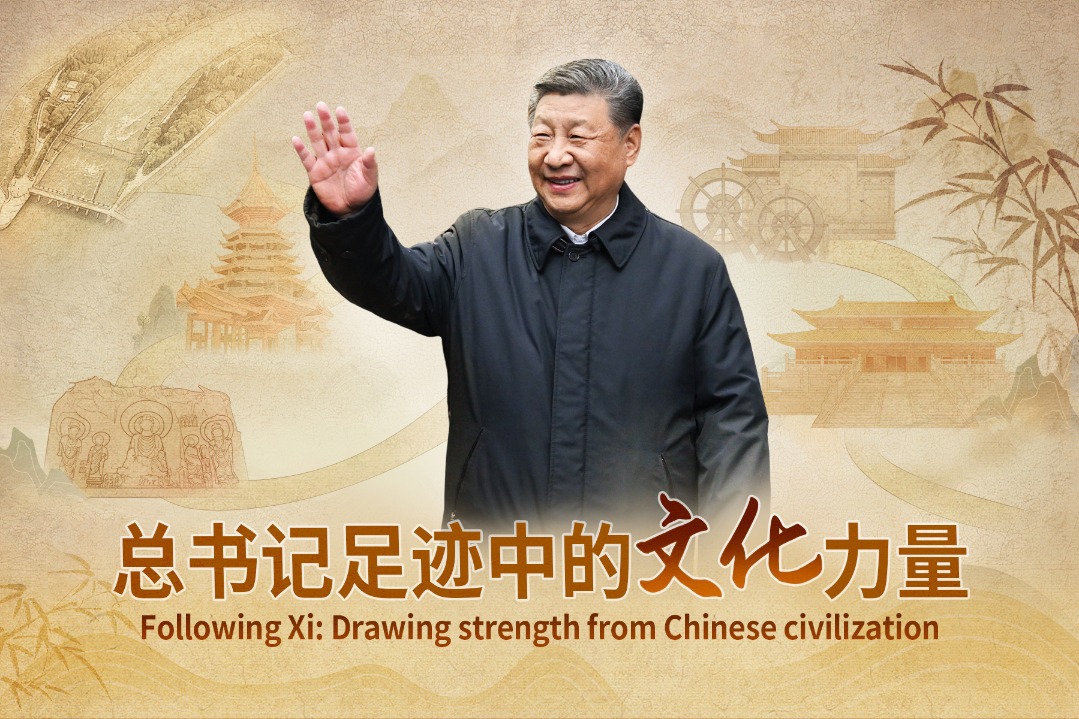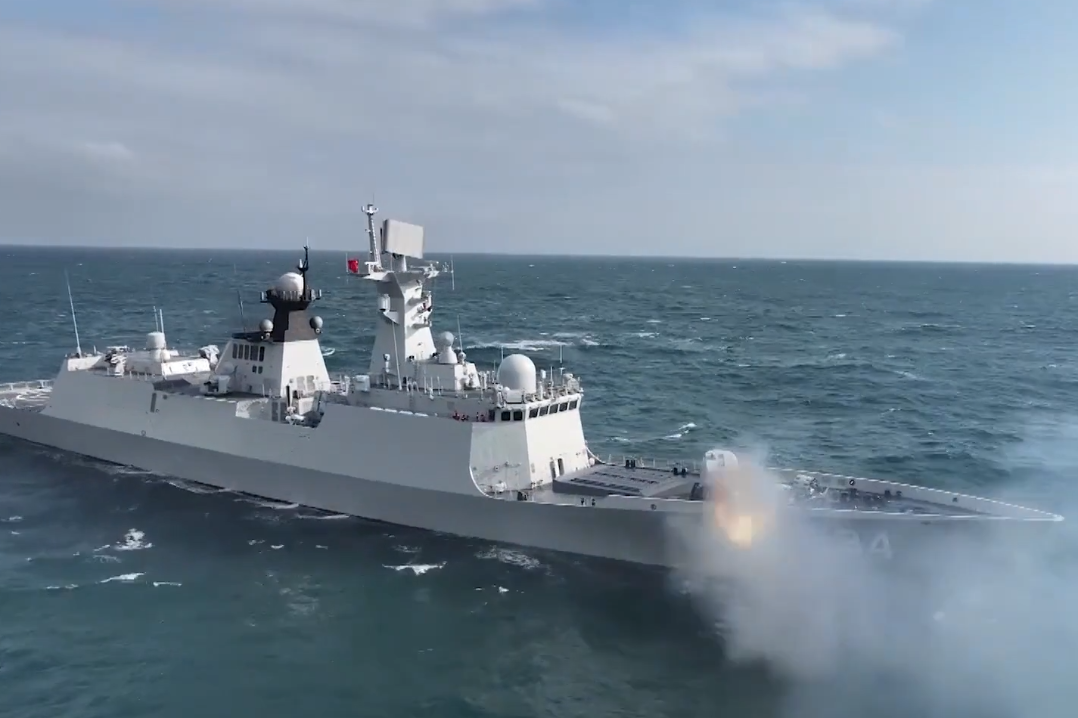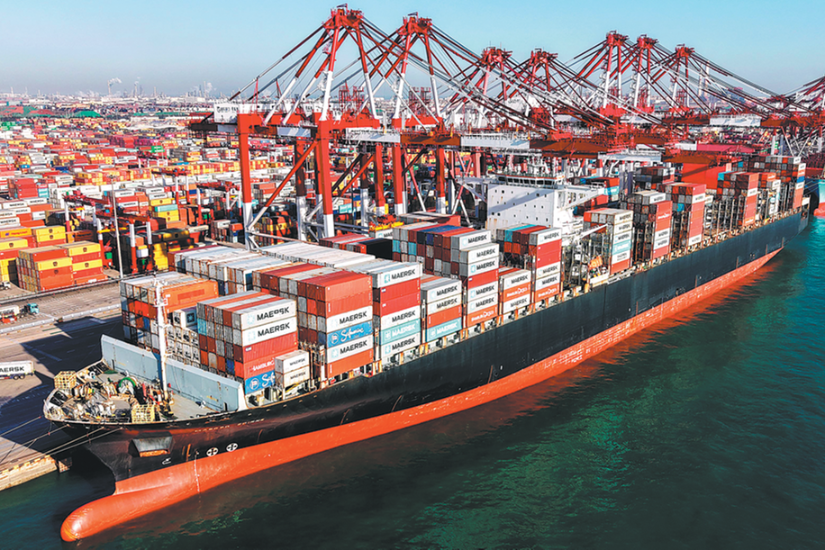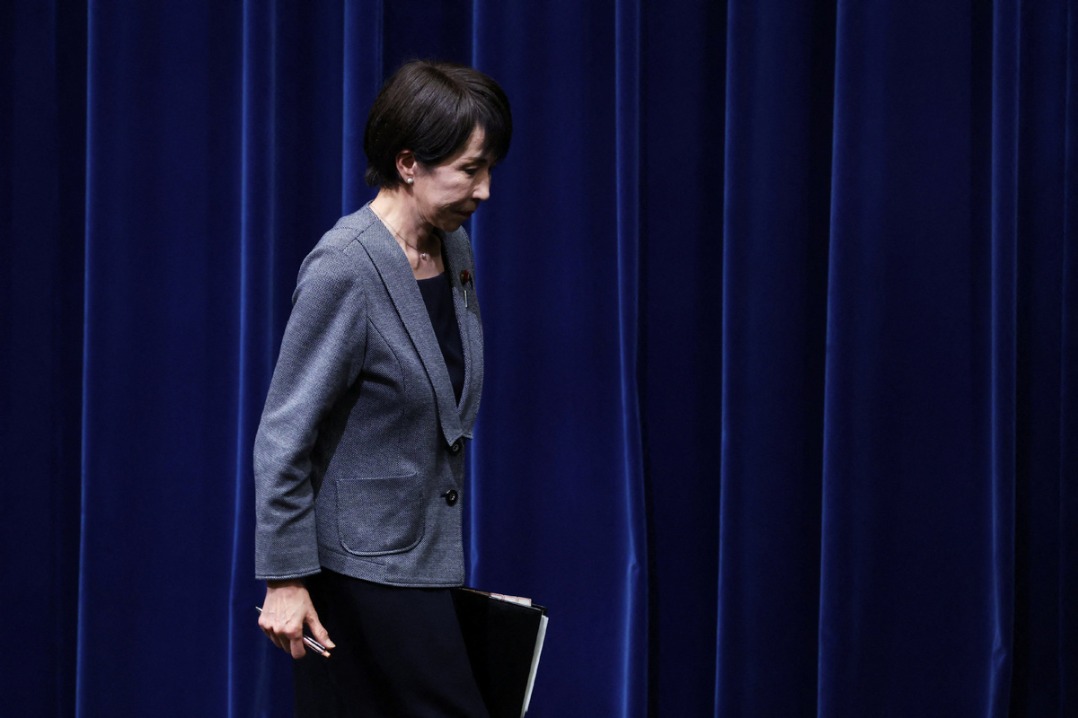Testing year ahead for Sino-US ties

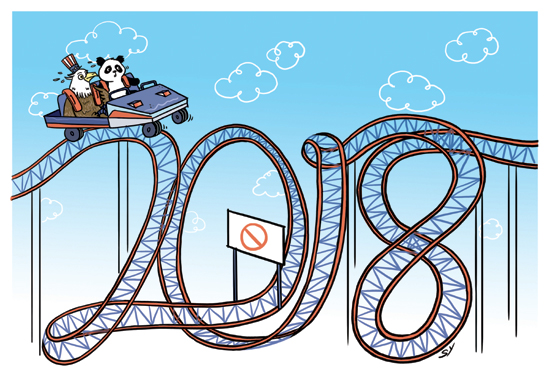
Strategic ambiguity is a tried and tested diplomatic stance. It translates well into Chinese thinking. After all, classical thinkers from Sun Zi to Han Fei over two millenniums ago talked of the importance of hiding your intentions, sitting straddling two postures, always maximizing your strategic space.
US President Donald Trump, however, has introduced a new concept: strategic schizophrenia. One moment he is according Chinese President Xi Jinping the status of "a good guy", the next he is threatening trade war, and slapping conditions on Chinese investment coming to the United States. One day he welcomes Chinese companies Alibaba and Huawei to set up more projects across the US, the next he is tweeting that China needs to do more to resolve the Democratic People's Republic of Korea issue or it will come across as a "lame duck".
Whatever other faults he is perceived to have, Trump has so far managed to mark up at least a few achievements. His mercurial position has seemingly necessitated some additional action from China on the DPRK, with the trade links temporarily closed down in early December and a new cap on oil exports. Allowing this small neighbor to use sentiment and historic links to blight China's great mission to be a strong, powerful nation by 2021 by antagonizing the US would be inconceivable. We will see in 2018 how the DPRK issue plays out.
For all the Trump bluster, and the legitimate complaint that at the moment the trade relationship China enjoys with much of the rest of the world is too asymmetrical, the bottom line remains the same: the relationship between the US and China is too important to dice with. It is the critical one in the modern era. This is not like the erstwhile Soviet Union and the US, which lived in two different economic and geopolitical zones, being locked in the Cold War. China and the US overlap everywhere, they have 90 official strategic dialogues, China still holds more than $1 trillion worth of US Treasury bonds, and unlike the Soviet Union, China is subtler - not exporting an ideology, just a more self-interested set of messages, to protect its own causes back in Asia.
Having achieved a relatively trouble-free leadership transition at the 19th National Congress of the Communist Party of China in October, the Xi-led leadership in 2018 will maintain its relentless focus on making China a moderately prosperous country in an all-round way by 2021, when the Party will celebrate its 100th anniversary. The leadership's posture will be risk averse. It won't seek trouble where it doesn't already exist, it will assert its interests in the South and East China seas, and continue to promote the Belt and Road Initiative. But it won't attempt unnecessary adventures.
Nevertheless, while China will want to avoid trouble, will trouble avoid it? It is here that Trump's leadership with its unpredictability might be a huge problem, with rumblings already starting in Washington of a trade war. The $250 billion worth of deals signed during Trump's state visit to China in November are already experiencing hitches, with investments being carefully scrutinized in the US, and allegations of China indulging in unfair trade practices starting to surface.
In other areas, too, Trump could serve up some nasty surprises. After all, one of the strongest promises he made during his presidential campaign was to do something about US-China trade imbalances, and he has to be seen to be acting on this or risk being called a "bluffer".
So far, the combination of Chinese diplomatic finesse and the urgings of more pragmatic voices within the US administration have prevented hasty moves. Sitting with Xi, Trump has largely sounded sanguine and compliant. He did not raise the bogey of human rights even once during his stay in Beijing, breaking a precedent with all of his predecessors, and his comments about China and Chinese leaders have been effusive.
But just as Xi has to serve the Chinese people and has made it his mission to realize the Chinese Dream of national rejuvenation, so has Trump to serve the US "base" - the blue-collar workers who feel they have been left behind and largely blame China for the erosion of their living standards and the loss of job opportunities. These two audiences are very different. One wants a bigger global role and better opportunities, the other wants to return to the good life it feels it once had. The common interest between the two is hard to define.
From late 2018, Trump will start to face mid-term elections. During the campaign for those elections, Trump could replace the friendly China he talks about now with China the "exporter of overcapacity", "promoter of asymmetrical trade deals", and "freeloader on the global trade and security system" largely bankrolled by the US that needs to be dealt with. This will stretch Chinese diplomatic patience to its limit. Even worse is the possibility of the US president feeling the time has come to take unilateral action against the DPRK. Were that to happen, global geopolitics would be upended.
China has spent 40 years avoiding any appearance of directly confronting the US. From Deng Xiaoping onwards, the mission has been to make sure the US does not feel threatened, and that China does not get entangled in a battle for supremacy. But under a president who does not respect the usual boundaries of predictable, or diplomatic behavior this paradigm could be tested to destruction.
Since US-China ties are entering a critical stage in 2018, every effort should be made to maintain the status quo. Stumbling into direct confrontation would be a disaster for the world, not just for the two countries directly involved. Nothing should make us complacent about what 2018 holds.
The author is a professor of Chinese Studies, Lau China Institute at King's College, London. Source: chinausfocus.com
















